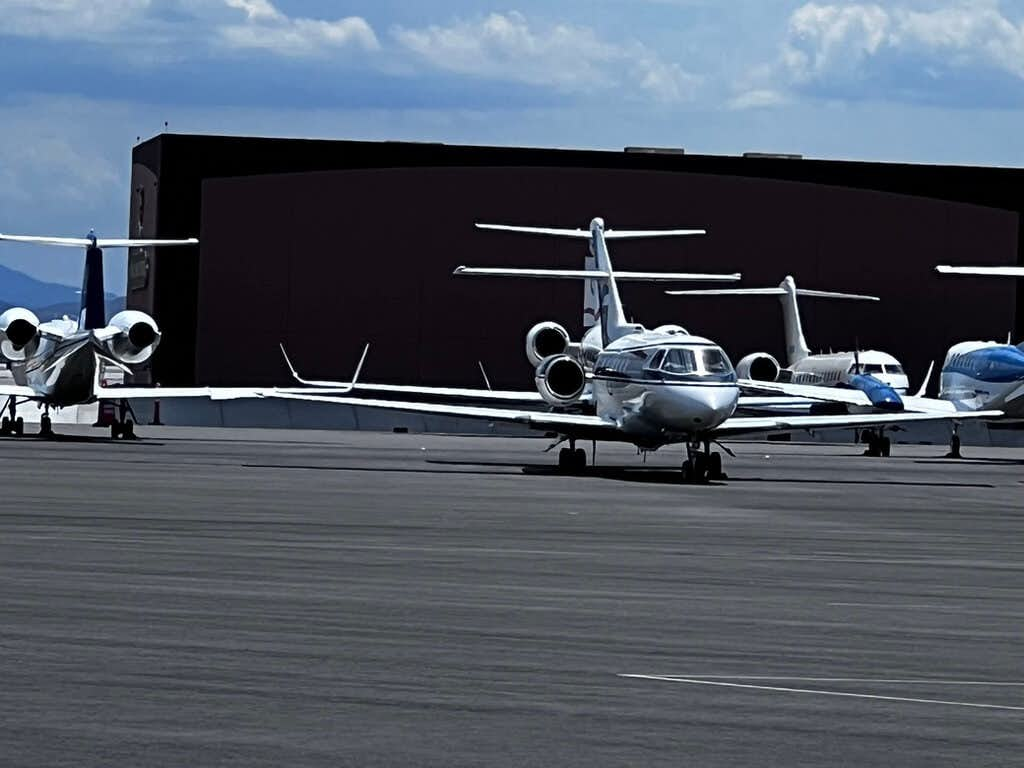
The number of as-available jet cards with fixed/capped hourly pricing is growing.
From Airshare and GrandView Aviation, Jet Edge, Thrive Aviation, Tradewind Aviation, Exec1 Aviation, Volato, and Jet Token added as-available jet cards with fixed/capped hourly rates in the past two years.
Since Sentient Jet invented the jet card in 1999, jet card traditionalists always claimed a true jet card needed both fixed or capped hourly rates and guaranteed availability.
That means if you call a certain number of hours or days before departure, your provider will find you an airplane at a contracted hourly rate.
It’s a factor that drives private jet flyers to buy more and fly more.
In fact, private flyers prefer fixed/capped pricing to dynamic pricing – where flights are priced trip-by-trip based on market rates for that route – by a 30-to-1 margin.
For example, your fixed hourly rate on a light jet is $7,500 with a 48-hour call-out.
You know, as long as you book your two-hour flight at least two days before departure, you will pay around $15,000 plus any incremental charges based on your program’s contract.
Companies and individual travelers love fixed and capped hourly rates as it allows them to budget their private flights accurately.
But now, more and more providers are offering fixed/capped hourly rates without guaranteed availability.
It’s an answer to the increase in demand and the difficultly in sourcing aircraft on short notice. It’s also a way to avoid adding dozens of peak days with surcharges and different booking terms.
But as-available means what it says.
When you call to book, if an airplane is available, you get the contracted hourly rate.
That means you may have to be flexible.
If you want to fly on Friday at 4 pm, your provider may tell you they can only book you before 10 am.
They could also say you will have to wait until Saturday or Tuesday.
So what’s the bottom line?
As-available targets the flexible flyer who can book in advance.
In some cases, the pricing for as-available programs is very attractive.
In other cases, it is merely that the provider views guaranteed availability as too much of a risk.
Either way, with nine providers offering fixed/capped rates as-available, it’s safe to say it is a trend worth watching.